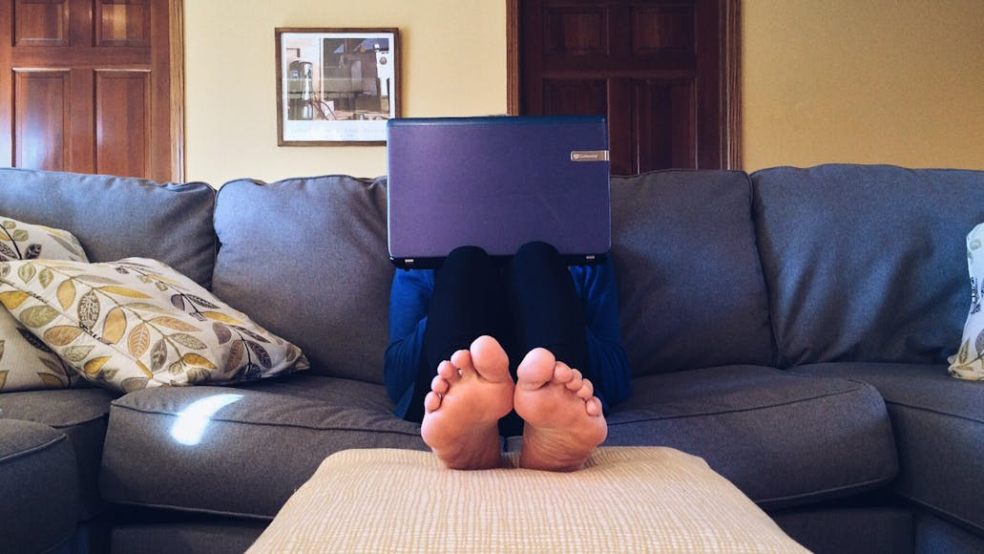
Redefining Work-Life Balance with Modern Design
The concept of work-life balance has evolved significantly over the years, adapting to changing societal norms, technological advancements, and new ways of thinking about productivity and personal fulfilment. Traditionally, work-life balance was seen as a simple equation—spending equal or appropriate time between career obligations and personal life. However, in today's fast-paced world, that view seems increasingly outdated.
As technology makes work more flexible and personal life becomes more intertwined with professional responsibilities, the lines between these two spheres have blurred. This shift has led to a need for new strategies, designs, and solutions that accommodate the complex nature of modern life. One of the ways to embrace this change is through modern design—particularly in how spaces, vehicles, and products are crafted to make the transition between work and leisure seamless. Let's explore how modern design is helping us redefine work-life balance.
The Evolution of Work-Life Balance
The idea of work-life balance originated in the industrial age when rigid schedules dictated the division between work and home life. The idea was that a person could escape the pressures of their job once they left the office or factory at the end of the day, only to return to work again the next morning. As society progressed and technology advanced, this model slowly started to break down. Today, with digital communication tools, remote working, and flexible working hours, the traditional boundary between work and personal life no longer exists in the same way.
The goal is not necessarily to have perfectly separated spheres for work and life but rather to create a lifestyle where individuals can effectively manage their professional obligations while prioritising personal well-being, family, health, and leisure. Modern design plays a crucial role in making this balance more achievable, particularly by crafting environments and tools that help to foster flexibility, comfort, and productivity.
The Role of Modern Design in Supporting Work-Life Balance
1. Flexible Workspaces
The rise of flexible and remote work has been a game-changer for achieving a better work-life balance. Whether it's the home office, a co-working space, or an office that encourages hot-desking, modern office designs are about offering more than just a place to work. They focus on creating environments that enhance creativity, focus, and productivity while allowing workers to stay comfortable and avoid burnout.
Open floor plans, natural lighting, and ergonomic furniture make it easier to work comfortably, while dedicated quiet areas help minimise distractions. Adjustable desks, for example, allow workers to alternate between sitting and standing, promoting better health during long hours spent at a desk. Likewise, design elements like greenery or customisable office layouts help individuals personalise their space, which can boost mood and overall satisfaction.
With the increasing importance of mental health, modern workspaces also incorporate elements designed for relaxation. Many offices now have designated spaces for meditation, relaxation, or even fitness, allowing employees to step away from their tasks and recharge, improving both productivity and well-being.
2. Redesigning Commuting with Modern Vehicles
Commuting has long been a source of stress for many people. Whether it's the long hours spent in traffic or cramped, uncomfortable public transportation, the daily commute has traditionally been seen as a necessary evil. However, with modern vehicle designs, commuting can become a part of the work-life balance solution rather than a problem.
Enter the Ford Transit Sports, an example of how vehicle design can transform the daily commute into a more enjoyable, productive, and comfortable experience. With customisable interiors and advanced technological features, these vehicles can be tailored to suit the needs of business owners, entrepreneurs, and remote workers who need to balance work and life while on the go.
Whether it's conducting virtual meetings, finishing paperwork, or even resting between tasks, a reliable vehicle enables a work-life balance that doesn't require the sacrifice of time on the road. Modern vehicles like these are not just for transport but serve as mobile offices, allowing people to work from anywhere while ensuring they are still able to enjoy personal time, whether it's catching up with family, getting exercise, or simply relaxing.
3. Smart Technology for Better Time Management
Another powerful way modern design redefines work-life balance is through integrating smart technology. From smartphones to wearables, modern devices have become crucial tools for managing our time, both for work and personal life. Smart technology offers greater flexibility by allowing people to integrate their work into their daily routines more effectively.
Smartphones, smartwatches, and even virtual assistants like Google Assistant or Siri enable people to stay on top of their schedules easily, set reminders, and prioritise tasks. In addition, many smart devices can be synced with work-related apps to help individuals manage projects, track deadlines, or participate in meetings—all from their mobile devices.
This technology empowers people to work virtually anywhere, whether in a café, the park, or even on the road. The ability to stay connected and productive at all times allows for greater flexibility when planning personal activities and ensures that work obligations don't interfere with crucial downtime.
4. Sustainable Design for Wellness
A key aspect of modern design in work-life balance is sustainability. More companies and individuals are prioritising sustainable living, recognising that a balance between work and personal life also includes a responsibility to the environment. Eco-friendly design, whether in the form of green buildings, energy-efficient office equipment, or sustainable transportation options, contributes to a more mindful lifestyle.
Sustainability is often closely linked with well-being. People who work in environments that are energy-efficient, filled with natural light, or constructed with eco-friendly materials tend to report higher levels of satisfaction and productivity. For example, many new office designs incorporate indoor plants or green spaces to create a more tranquil and rejuvenating environment.
Conclusion
The way people approach work-life balance has changed dramatically over the years, from rigid boundaries to a more fluid understanding of how work and personal life coexist. Modern design plays a significant role in this evolution, offering solutions that improve comfort, productivity, and well-being. As people's lives continue to integrate work with leisure, the importance of thoughtful, functional design cannot be overstated. Everyone can create a better, more balanced life by embracing design that enhances comfort, efficiency, and well-being.













